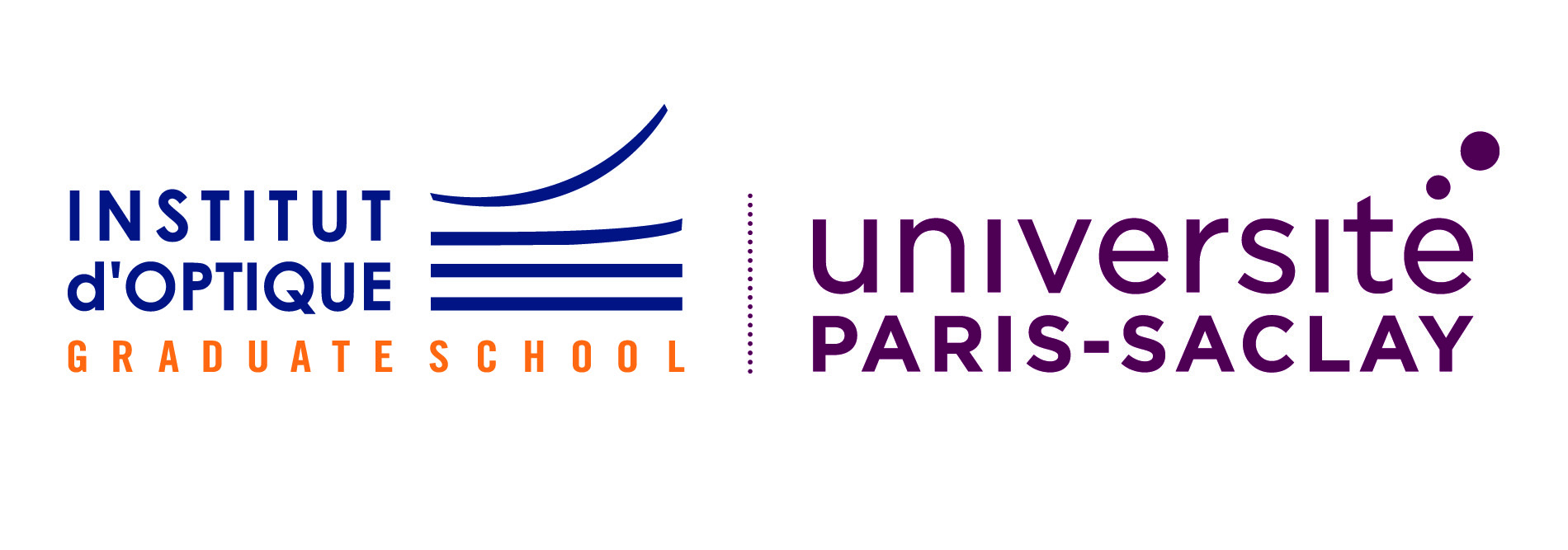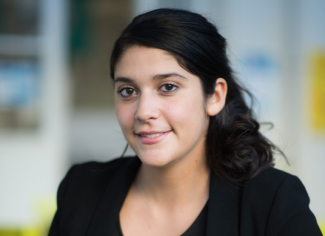At the handing over of the Villani report, the French president of the Republic indicated that health would be one of the priority sectors for the development of artificial intelligence, which led to the creation of a Health Data Hub (HDH), or health data platform. The main mission of this platform is to support innovative uses of health data and to demonstrate the benefits of using this data.
Within this framework, calls for projects are launched in two areas to identify initiatives that will be supported by the HDH, the "epidemiological data" area and the "use of medical devices" area.
DAMAE Medical was selected for this second axis, among 7 other winners, mostly academic.
This award is an opportunity to take stock with Anaïs Barut, CEO and co-founder of DAMAE Medical.
Can you briefly remind us what DAMAE Medical is?
A.B.: DAMAE Medical is a company that I founded with David Siret and Arnaud Dubois following my studies at SupOptique, the engineering Grande Ecole of the Institut d'Optique Graduate School. We had followed the Innovation-Entrepreneurship Track with David and worked on the technical feasibility of a patent filed by Arnaud, professor and researcher at the Charles Fabry laboratory at the Institut d'Optique . Our business creation project was to use an innovative photonic process, LC-OCT (Line-field Confocal Optical Coherence Tomography), which allows 3D microscopic imaging of living tissue at a depth of 500 microns... Our first target has been skin cancers, for which the standard is the analysis of partial surface and, if necessary, biopsy to access a precise diagnosis. LC-OCT brings a major breakthrough in the management of skin cancer by providing real-time digital optical biopsies.
Six years later, where do you stand?
A.B.: DAMAE Medical has continued to grow and now has around 20 employees. The technology has evolved to the point of providing 3 modes of acquisition: vertical (perpendicular to the skin surface, similar to histological images) and horizontal (parallel to the skin surface), 3D imaging. The LC-OCT is the optimal solution for in vivo optical imaging, coupling a penetration depth of 500 microns with isotropic resolution of one micron in 3D.
After major advances in the industrialization and production of LC-OCT equipment, the level of maturity of the equipment allows us to take the IA step in a pioneering way by enhancing the value of LC-OCT databases collected in the context of clinical studies. The challenge of developing algorithmic tools based on AI is to promote rapid, standardized and reliable examinations.
Our devices have obtained several CE markings and are now installed in hospitals and academic centres in five European countries (France, Spain, Italy, Belgium and Germany).
How is DAMAE Medical now developing this focus on AI?
A.B.: Today, the Data Science department consists of three people and is expected to double over the next two years.
Their developments are mainly focused on three tools based on AI:
- The doctor's acquisition guidance allows a standardized real-time pre-diagnosis of the lesion.
- A lesion mapping allows to visualize the extent of the pathology. Where the surgeon worked with the naked eye and tended to preserve as much tissue as possible, especially on the face, he can now be guided precisely by microscopic imaging.
- An examination report, based on the segmentation and quantification of the different structures that can be visualized in LC-OCT (epidermis, dermis, cell nuclei, melanin distribution, collagen network, etc.), is now available. This quantitative review report will enable practitioners to monitor the effectiveness of treatments.
What does it mean for you to have won this call for projects?
A.B.: This award is very timely. We are going to receive financial support of up to 300,000 euros, operated by BPI France.
We will also benefit from operational support on all of our challenges related to AI-based tools, including the provision of data storage space and computational resources. Thanks to the expert advice of the Health Data Hub, we will be able to structure the collection and organisation of data, in order to guarantee a service offer that complies with CNIL (the French regulatory organization for data collecting) guidelines. We need to continue our development by ensuring that we apply best practices in terms of health data management.
We are confident in the future of DAMAE Medical and we are pursuing the clinical validation and marketing phases while continuing to invest in research, not only in photonics but also in AI. A PhD thesis started in July 2020 with Antoine Sanchez (supervised by Professor Anil Bharath from Imperial College London) on the use of AI for 3D LC-OCT image processing.

